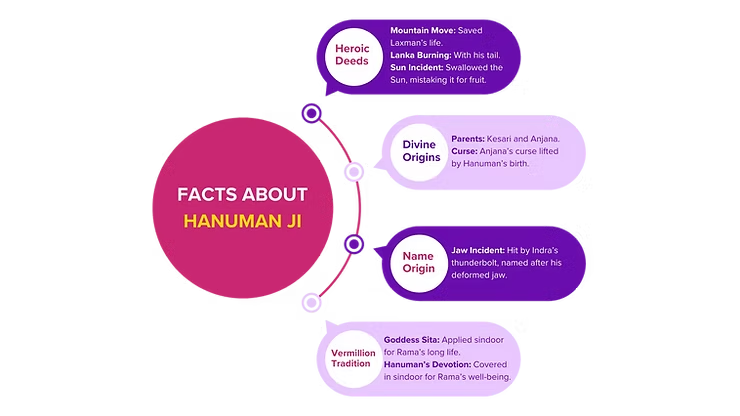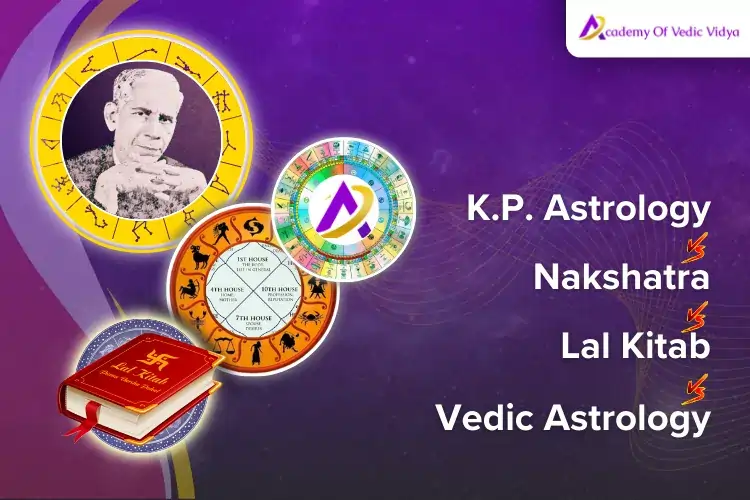Hinduism is incomplete without Lord Hanuman, who is both alive and immortal. Sankat Mochan was created to look after Lord Rama devotees even today in Kalyuga. Lord Hanuman names are Anjani Sut, Vayu Putra, Pingaksha, Dashagriv Darpaha, Maha Bali, Rameshta, Phalgun Sakha, and Amit Vikram. It is stated that in Kalyuga, reciting the Hanuman mantra can assist you overcome difficulties. He is the simplest god to please in this era and acts as a link to Lord Rama, an avatar of Lord Vishnu.
Many stories about Hanuman are well known, including how he moved an entire mountain to save Laxman’s life, burned all of Lanka with his tail, and swallowed the Sun as a kid, mistaking it for an orange. Hanuman’s stories are as numerous as the stars in the sky, but many parts of his extraordinary life remain unknown.
What was the reason behind Shiva taking the form of a monkey?
Kesari ruled the Monkey Empire, and Anjana, originally named Punjikasthala and a Swarg Lok nymph under King Indra, was cursed by Sage Gautam for keeping a secret about Indra and Ahalya. The sage’s curse turned her into a monkey, with the caveat that only giving birth to Lord Shiva in whatever form would break the curse. In her next incarnation, she was reborn as a Vanar princess and married the chief of the monkey world, giving birth to Hanuman, who, like his parents, was a monkey and an avatar of Shiva. Hanuman’s birth set her apart from the sage’s curse.
How was Lord Hanuman named?
In childhood, he was called Vayu Putra and Anjani Putra. Young Hanuman once mistook an orange-colored Sun for fruit and ate it, leaving the universe to go black for a brief period of time. In reaction, Lord Indra, hit Hanuman in the jaw with his thunderbolt and deformed him. This is how he got the name “Hanu,” which comes from the Sanskrit word for “jaw,” referring to his shattered jaw.

Why do you often see orange colored idols of Lord Hanuman?
In Hindu tradition, married women apply vermillion (sindoor) to the maang, or parting of their hair, to pray for their husbands’ long life. One day, Hanuman noticed Goddess Sita applying sindoor to her head. When Hanuman discovered that this was done to ensure her husband’s longevity, he resolved to apply sindoor all over his body for his beloved Lord Rama’s total well-being and long life. This is why Lord Hanuman’s idols are frequently found smeared with sindoor in temples.
In conclusion, Lord Hanuman, a central figure in Hinduism, remains a symbol of devotion, strength, and selflessness. Known by many names and revered for his extraordinary deeds, Hanuman’s stories and legends continue to inspire millions. From his divine birth and his heroic acts, like moving mountains and swallowing the Sun, to the symbolic application of sindoor, Hanuman’s legacy is vast and profound. His presence in Kalyuga as Sankat Mochan, the reliever of troubles, and his unwavering devotion to Lord Rama, highlight his enduring relevance and the timeless lessons of faith, courage, and devotion he imparts.
If you’re interested in delving deeper into Astrology course, visit our website or explore our other occult science courses. We also offer personalized mentorship. Each program is meticulously crafted to provide an in-depth understanding of astrological principles and their practical applications, equipping you with the knowledge and skills to become a professional astrologer and predict the future accurately.
For further information contact us at ( +91) 7439041439






